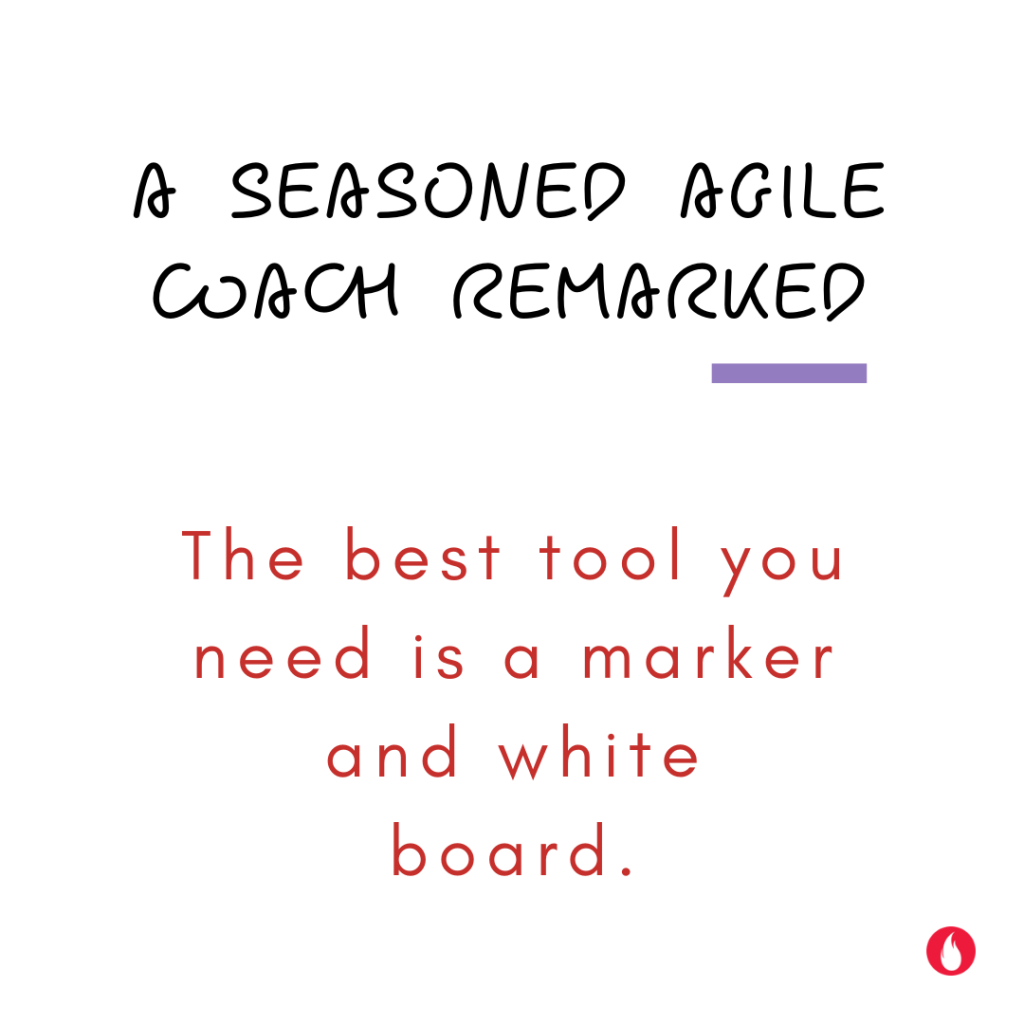When a large organization announces its intent to go Agile and transform itself, it evokes mixed reactions. One reaction is scepticism. Because people expect the organisation to dress up old practices in Agile language but not change much else. The other reaction, even from employees within is, let us wait and watch to see if this is true. Bosch with 4 lakh employees worldwide experienced similar reactions when it announced its intent to transform into an Agile organization. In this edition of Agile OWL, we capture the journey of Bosch’s Agile Transformation. We explore this journey from the lens of a CEO and the board and their story of going Agile.
Catch up with our previous edition to know how another unique organization, Menlo Innovations, experimented with Agile methodologies and the stories of how employees experienced it
The beginnings of the Agile journey at Bosch
Now back to the CEO Dr. Volkmar Denner and his board at Bosch. They needed the 134-year-old firm to innovate faster. They decided to introduce Agile ways of working in all teams that needed to innovate. The board believed the rest of the organization could continue in business as usual mode. Soon the board found the dual organization approach was not yielding the intended results of innovation.
Bottom up Agile adoption
The board realised the entire organization needed to be agile. The board then identified a software engineer turned agile expert to guide the effort. Many progress reports, flow charts and milestones later, Bosch was still at square one.
Leaders adopt Agile
After sustained efforts and limited results the CEO and board decided that the Agile transformation of Bosch had to start with them. The dual organization or only bottom up adoption was not yielding the results of innovation, Bosch needed to stay relevant to their clients. The CEO and board decided to become an agile team themselves. They decided to lead by example and they took on agile roles apart from their designations. The board appointed one member as the product owner, another as a scrum master. Thus they ensured the board was a cross functional team. They listed down all the things that was important (in backlogs) and they prioritised them (in their sprint planning meetings).
Very soon, they stopped having their board meetings in the stately but stuffy board rooms. They moved their meetings to open spaces with white boards. They enjoyed this experience and found it to be far more collaborative. The board gave up its annual strategy and planning exercise. They moved planning and budgeting into a continuous and evolving mode, in sprints. The board evolved principles of working for leaders along the way. Today all executive teams in Bosch are agile leadership teams, with 5-6 cross functional executives in them. These changes in the ways of working of the CEO and leadership teams, soon brought results for Bosch.
Agile transformation at Bosch
The CEO, Dr. Volkmar Denner’s blog claims that Agile Transformation has helped Bosch overcome functional collaboration issues and increase the quantum of innovations. One example quoted in the blog is of IOT. A cross functional team came together to deliver a solution for asparagus farmers , in three weeks’ time. Bosch launched a start-up platform, where employees could launch new products and services to the market. These offerings are ones that had not yet found a place in their own divisions. Getting a development partner award from agile companies like Tesla, was further proof of the transformation taking hold within the firm.
Something to consider is the need for leaders to visibly show their adoption of a change intervention. Change is inherently human and messy. Social learning is always at play. People watch and take their cues from each other, especially leaders. They will do as leaders do and not as leaders say.
Here is the round up for the Edition 3 of the Agile OWL.
From social media:
– How have agile teams which thrive on conversations and being co-located managed in these COVID times. Here is a report from McKinsey which explores the how agile teams have sustained in remote working.
– Exploring the story of Amazon’s agility from the lens of Jeff Bezos annual letter to the 50+ things that Amazon does to stay agile.
From the bookshelf:
The Art of Doing Twice the Work in Half the Time by Jeff Sutherland takes us through the principles of SCRUM in an easy to understand narrative. I found this book far more useful to understand SCRUM than the two-day workshop I attended on it.
From the trivia & fact box:
17 thought leaders got together in the snow-clad mountains of Utah for a two-day meeting in Feb 2001, to find common ground, the result was the creation of the Agile Manifesto.
A little-known fact of this meeting is that Bob Martin initiated it. There was a raging debate about who the invitees of the meeting should be. Bob even set up a wiki site to finalise the participants and the discussions raged and raged. Here is the full story.
#AgileQuotes to sign off..

Note : This post is Edition 3 of the Agile OWL from the OWL umbrella. The Agile OWL is a newsletter focused on the human experiences and stories within agile transformations. Sign up to receive the newsletter here
Cover Image credits Pixabay




September 29, 2020, 2:06 pm